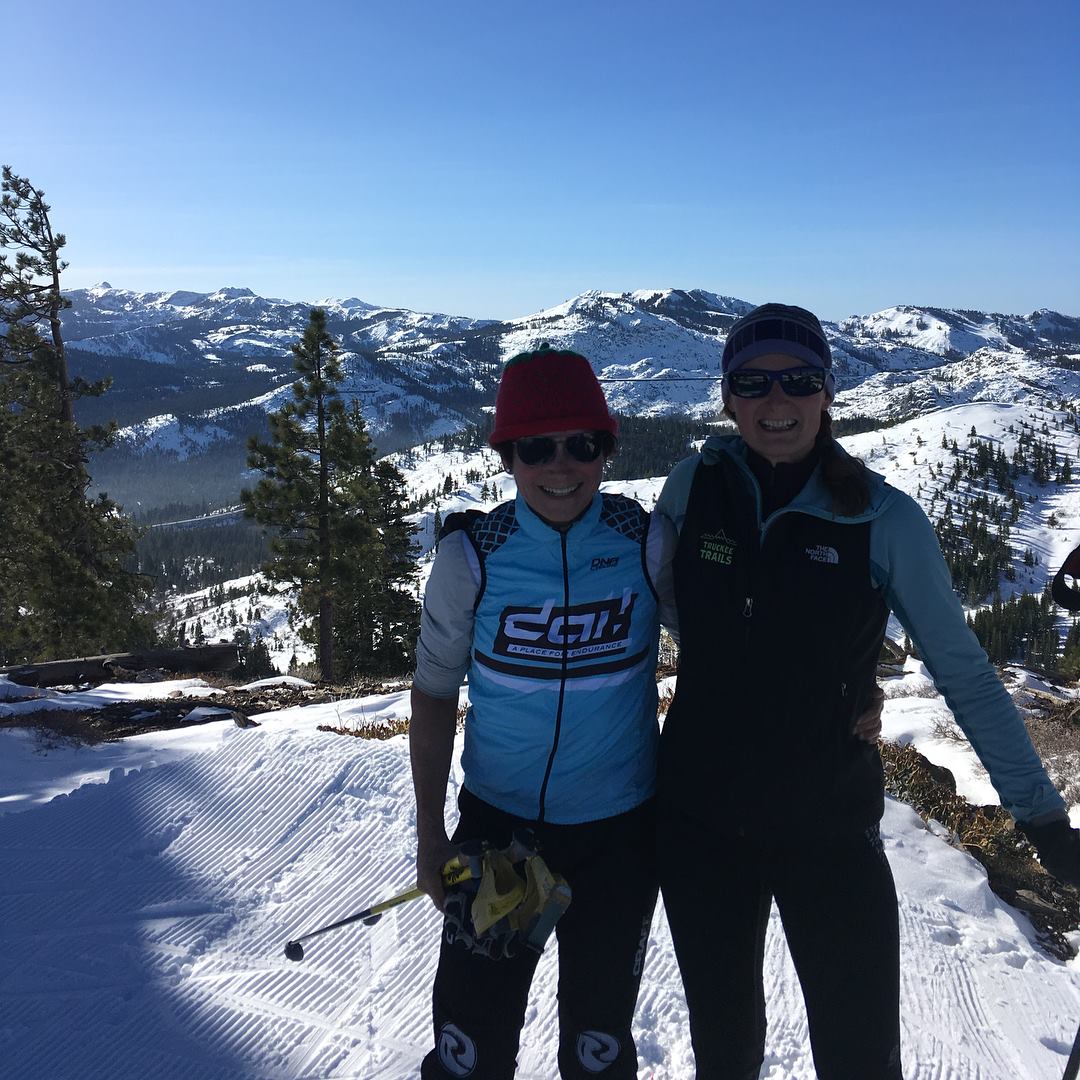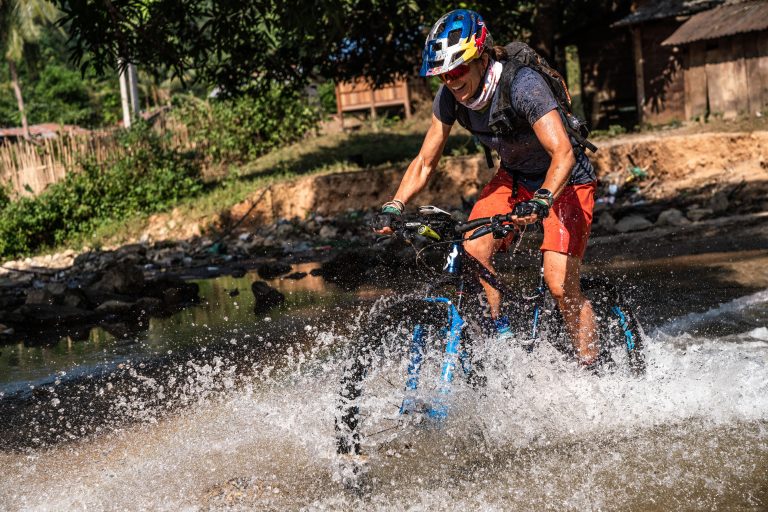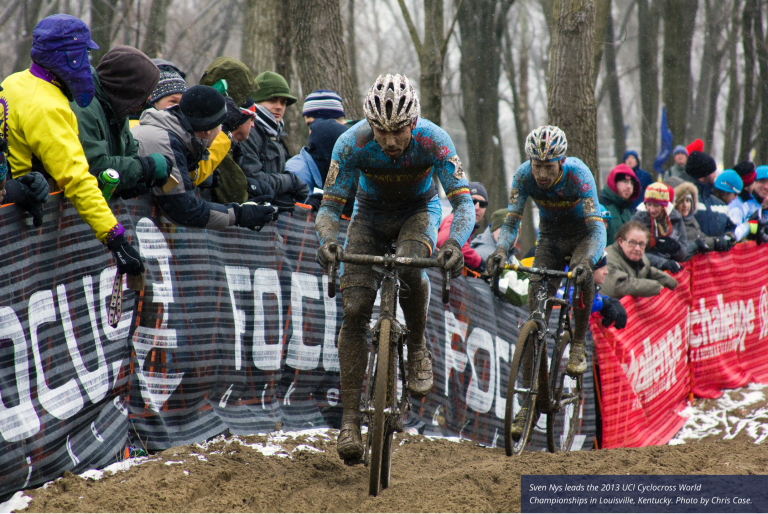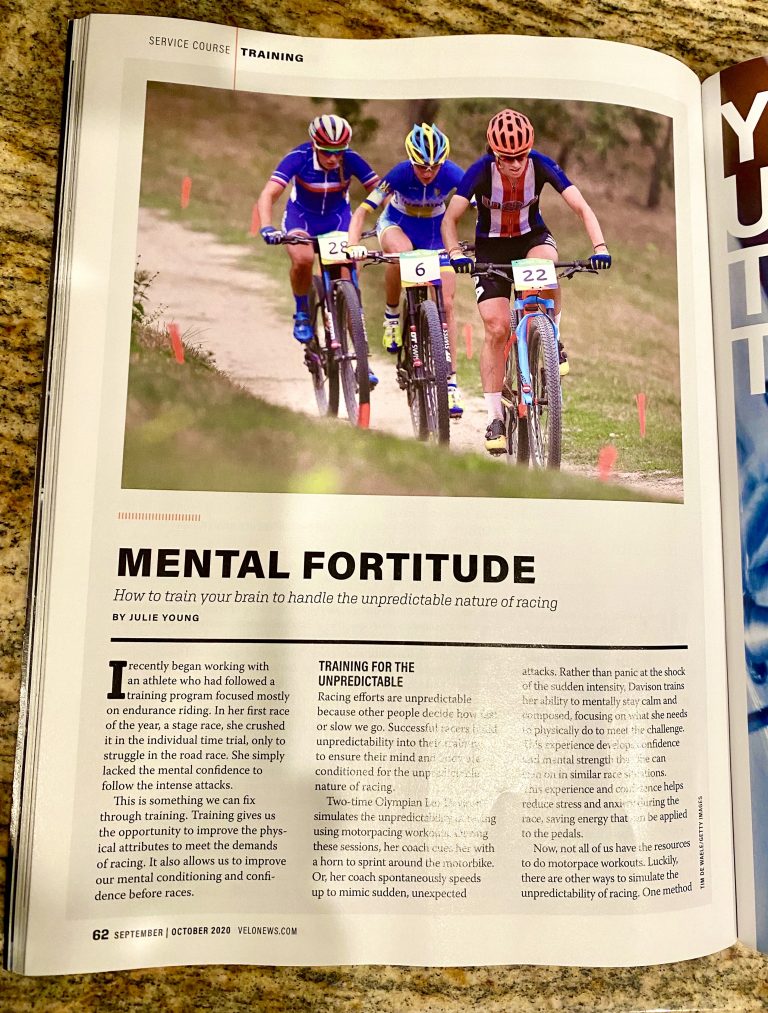Make the Most of your Off-Season, Mentally and Physically – Velo News January 2020
When the World Cup and WorldTour seasons end, veteran U.S. coach Jim Miller asks his athletes to rest for no fewer than four weeks. They stay active, of course, but Miller asks them to forego any structured cycling training, and to instead perform other physical activities. Go on a run, lift weights at the gym, or even go cross-country skiing, he says.
“I encourage them to do all those things they felt like they have missed out on during the cycling season. I want them to feel inspired and most importantly to keep their workouts unstructured,” Miller says. “My goal for offseason is mental rest and recharge.
As it turns out, this period of the season—which many coaches call “Transition Phase” — is just as important for an athlete’s body as her mind and spirit. Pursuing activities away from cycling allows athletes to take a step back, remind themselves why they race, and build motivation for the coming season.
I’m a coach and director of a physiology lab, and I used to be a professional road racer and a member of the U.S. national team. Throughout my career I have seen athletes burn out and lose motivation because they forego the offseason and the mental break it provides. In my opinion, every training plan should include a section of the season where an athlete pursues activities off the bike in order to mentally and physically recharge themselves. It’s my opinion that an athlete’s well-being and longevity in the sport far outweigh whatever can be accomplished by skipping rest.
Try other endurance activities
I recommend that athletes mix up their endurance activities, to find creative ways to build their endurance base. Trail running, cross-country skiing, and even mountain biking are all activities that challenge our brains to move our bodies in ways other than cycling’s locked-at-the-foot linear movement.
Are you afraid you might get bored? We can spice up transition phase by adding in spontaneous bouts of intensity when doing these activities. Once your body adapts to the motion of running or cross-country ski technique, it’s great to complete some sessions at higher intensities, such as quick speed/power sessions, or longer ones at sub-threshold to threshold intensities.
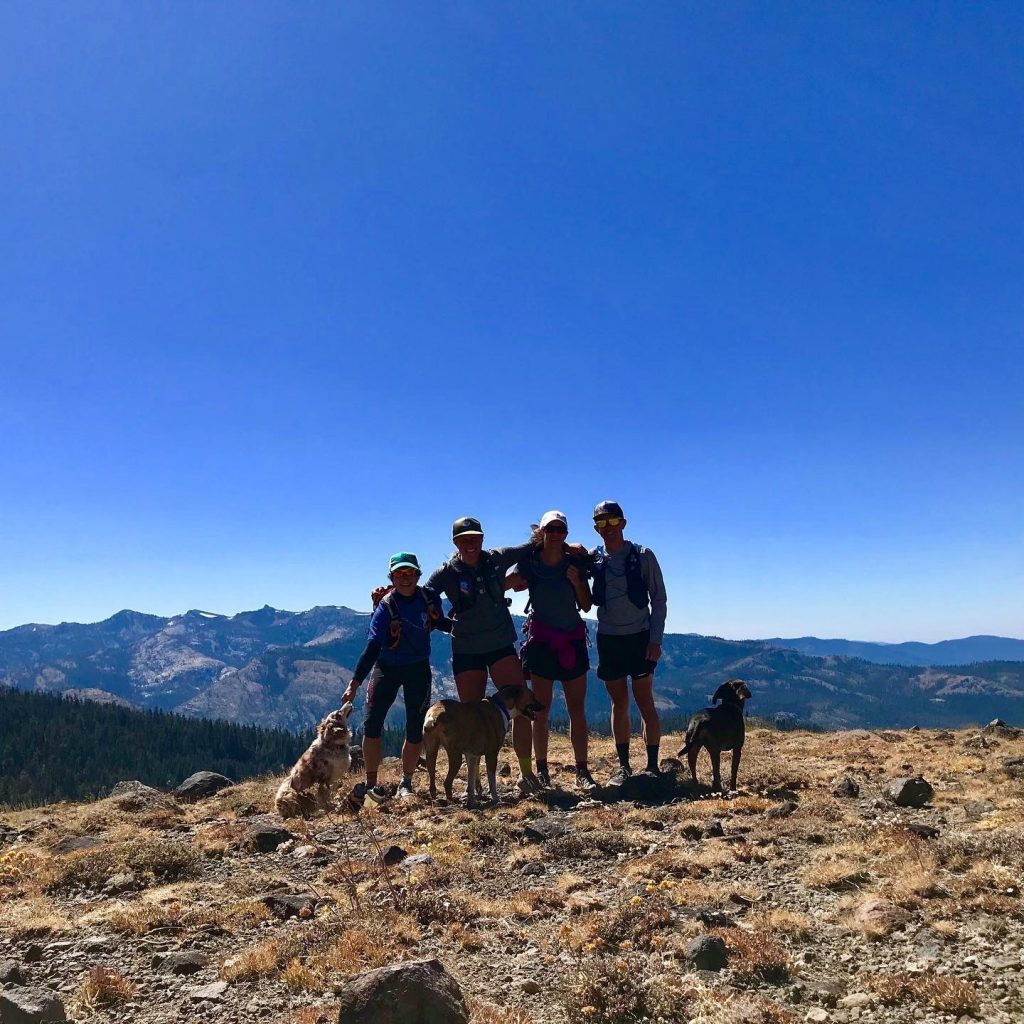
If road cycling is your preferred activity, I recommend switching to mountain biking or gravel cycling. The primary goal here is to simply limit structured work. You can ride the weekly group ride or go mountain biking and simply let the terrain dictate the challenge of your ride.
Develop an effective strength program
I recommend cyclists head into the gym and pursue a strength program during transition season. Why? A good strength program challenges us to move our bodies in different planes of motion, while also controlling limb alignment and posture. After months of riding and racing on your bicycle, your body is so strong at producing the linear, repetitive motion of pedaling. But you are likely so weak in stability and mobility outside of this very limited movement. While your cardiovascular activity may remain unstructured during transition phase, I recommend adopting resistance training with some structure, to address these weaknesses and imbalances.
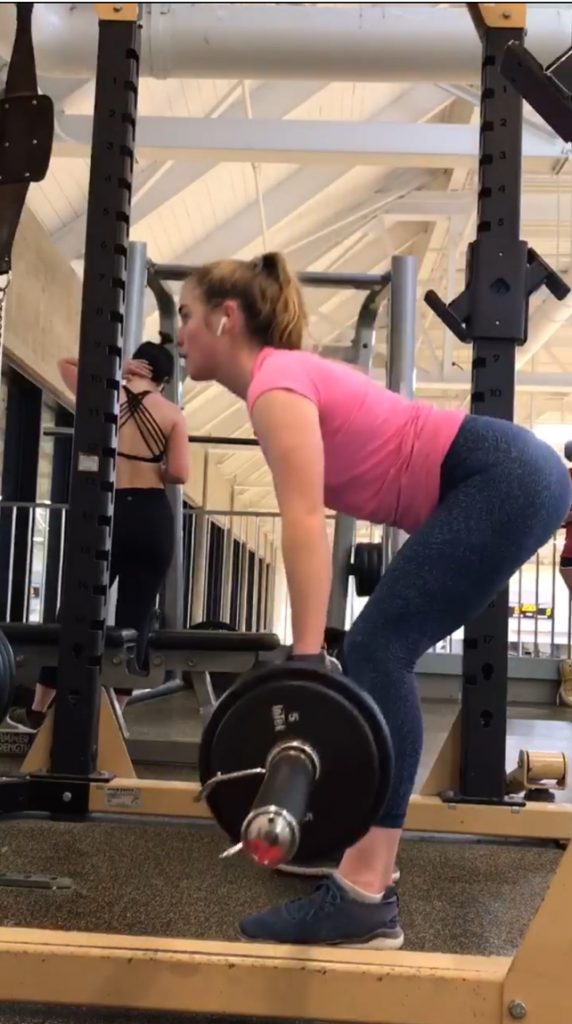
Traditional exercises like squats, Romanian deadlift, and leg curls are useful at building muscle. I also recommend hip-activating workouts that require the use of an elastic mini-band. Demonstrations of these exercises—called clams, side-lying abductor, fire hydrant, monster walk, and crab walk—can all be found on YouTube.
I do recommend creating structure around your resistance training. What does that look like? For athletes to benefit from a strength program, the duration of exercises must go on for 12 weeks and include two to three sessions per week. You should structure your 12 weeks into three phases: a strength-endurance phase to establish good movement patterns; maximum strength phase to to do what; and explosive power.
Of course, athletes should proceed with caution when accomplishing resistance training during transition phase. Add weight slowly. Don’t focus on strength until you’ve mastered the movement patterns. And don’t forget to rest. The key to this time of season is to space your endurance and resistance days out accordingly. After all, it’s the off-season.
Sample week
Monday
Morning: 30-minute trail run
Afternoon: Resistance training/gym
Tuesday
Morning: Resistance training (core stability)
Afternoon: 45-minute to 1 hr trail run with spontaneous speed
(ease in to this coming off cycling season, best to start with a run/walk format, to set down a good foundation, run with purpose, and reduce muscle pain)
Wednesday
Morning: Hip stability 10min
Afternoon: 1.5-hour mountain bike ride with climbing
Thursday
Morning: 30-minute trail run
Afternoon: Resistance training/gym
Friday
Off, or take a restorative Yin yoga class
Saturday
2.5-hour fast-paced group ride
Sunday
2-3 hour endurance exploration: hike, run, ski, mountain bike, etc.

